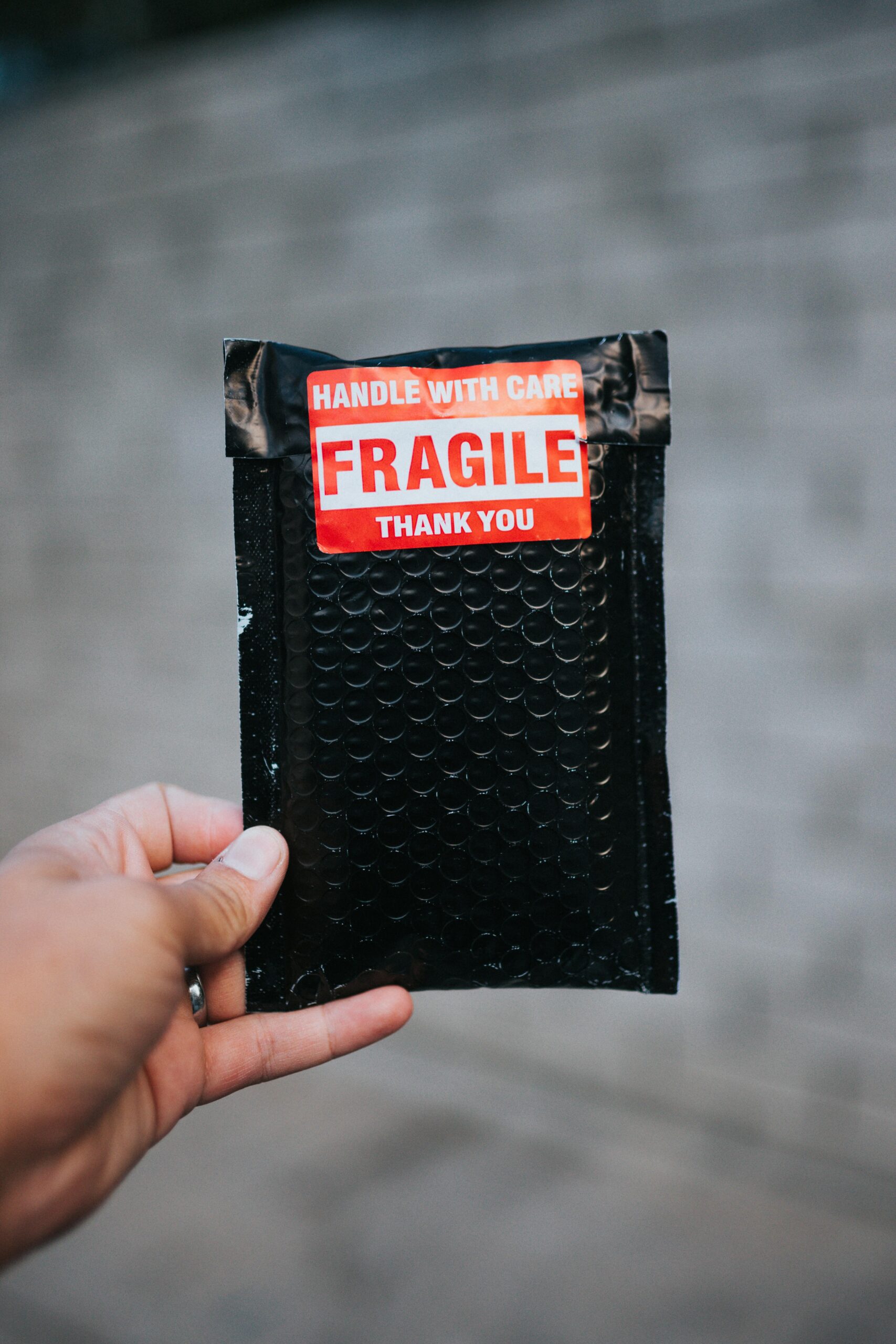Imagine a world where the tiniest creatures become key detectives in unraveling the darkest crimes. Welcome to the fascinating realm of forensic entomology, where bugs aren’t just creepy crawlies—they’re crucial witnesses in murder investigations. From buzzing blowflies to creeping beetles, these insects help scientists piece together timelines, uncover hidden clues, and ultimately crack murder mysteries that might otherwise remain unsolved. Let’s dive into how these unexpected allies turn up the heat on crime scenes and bring justice one bug at a time.
Table of Contents
- Forensic Entomology Uncovered: The Tiny Detectives Behind Crime Scenes
- Decoding Time of Death with Insect Evidence
- How Different Bugs Tell Different Stories in Criminal Investigations
- Practical Tips for Collecting and Preserving Insect Evidence Like a Pro
- Key Takeaways
Forensic Entomology Uncovered: The Tiny Detectives Behind Crime Scenes
Beneath the chaos of crime scenes, tiny creatures roam with a purpose far greater than their size suggests. Forensic entomology is the science that harnesses the natural behavior of insects to solve some of the most perplexing murder mysteries. Flies, beetles, and their larvae become unintentional witnesses, revealing clues hidden in the shadows — from estimating the time of death to deducing whether a body has been moved or tampered with. These minute detectives leverage their predictable life cycles and feeding patterns to provide investigators with irrefutable timelines that traditional forensic methods sometimes fail to offer.
Within the buzzing evidence lies an intricate ecosystem where each insect species plays a critical role. Forensic experts meticulously analyze:
- Species succession on decomposing remains
- Developmental stages of larvae found on the body
- Environmental factors affecting insect activity
- Trace forensic data linked to specific habitats
Through these details, forensic entomologists create a biological timeline that can confirm or challenge witness statements and suspect alibis. It’s fascinating to uncover how what might seem like insignificant insects are, in fact, master sleuths turning nature’s clockwork into justice.
Decoding Time of Death with Insect Evidence
When a forensic entomologist arrives at a crime scene, they don’t just see creepy crawlies; they see a vital timeline waiting to be unraveled. Insects, particularly blowflies and beetles, are among the first to arrive at a deceased body, and their lifecycle stages serve as natural clocks. By meticulously examining which species are present and identifying whether the insects are eggs, larvae, pupae, or adults, experts can estimate the post-mortem interval (PMI)—a crucial piece of the puzzle in murder investigations.
Decoding the time of death using insect evidence involves analyzing:
- Species Succession: Different insects colonize at distinct intervals, forming a biological timeline.
- Development Stages: Monitoring the growth stages of larvae reveals how much time has elapsed since egg laying.
- Environmental Factors: Temperature and humidity levels impact insect development and must be factored in.
By piecing together these clues, forensic entomologists transform tiny bugs into expert chronologists. Their findings not only estimate the time of death but can also challenge or confirm alibis, turning the smallest creatures into silent witnesses at the heart of criminal investigations.
How Different Bugs Tell Different Stories in Criminal Investigations
In the world of forensic entomology, bugs are more than just creepy crawlies—they are meticulous record-keepers of the timeline surrounding a criminal event. Different species of insects arrive at a crime scene in a predictable sequence, each bringing their own narrative to the table. For instance, blowflies are usually the first responders, landing on a body within minutes of death. Their larvae (maggots) are invaluable for estimating the post-mortem interval, revealing how long a victim has been deceased. Meanwhile, beetles and other scavengers arrive later, providing clues about the progression of decomposition. Each insect stage acts as a biological clock ticking backwards to the moment of demise.
Entomologists also scrutinize the environmental context—temperature, humidity, and seasonality—to unravel the secrets bugs carry. By assembling data about the insect species present and their developmental phases, investigators can pinpoint crucial details such as time of death and whether a body was moved or disturbed. Here are a few captivating insights entomology offers:
- Species-specific behavior: Some insects prefer fresh tissue, others decomposed matter, helping to establish a timeline.
- Geographical markers: Presence of certain bugs can indicate if a body was relocated from another area.
- Drug and toxin detection: Insect analysis can reveal chemicals consumed by the victim before death.
Practical Tips for Collecting and Preserving Insect Evidence Like a Pro
When stepping into the world of forensic entomology, precision and patience are your greatest allies. Start by carefully documenting the scene—photograph insects in their natural positions and note environmental conditions like temperature and humidity, which profoundly affect insect activity. Use fine tweezers or soft brushes to gently collect specimens, avoiding damage to their delicate bodies. Remember, preserving the variety of life stages—from eggs to larvae to adults—can provide vital clues about the time of death. And always keep collected samples in breathable containers to prevent condensation, which can degrade the evidence.
Once the insects are in your possession, preservation takes center stage. Quickly separate samples by species and life stage to facilitate later identification and analysis. For larvae, a brief immersion in near-boiling water followed by placement in 70-80% ethanol halts development and preserves morphology. Adult insects do well in ethanol but are best kept dry if you aim to retain physical features like wings. Label every container meticulously with collection time, date, and exact location within the scene—details that may unlock the story these tiny detectives are eager to tell. Armed with these practices, you’ll be equipped to honor the intricate dance of science and mystery that insects perform at every crime scene.
- Document before collection: Photos and environmental notes are priceless.
- Be gentle: Use soft tools to avoid harming specimens.
- Maintain sample integrity: Use breathable containers to prevent moisture buildup.
- Preservation techniques matter: Heat-kill larvae before alcohol storage.
- Label everything: Accurate data fuels effective entomological analysis.
Key Takeaways
From the tiniest maggot to the most elusive fly, forensic entomology reveals a hidden world where bugs become unexpected detectives. These fascinating creatures help piece together timelines, uncover secrets, and ultimately bring justice to the voiceless. So next time you see a buzzing insect, remember—it might just be nature’s own crime solver, patiently waiting to tell its chilling story. Who knew that bugs could be the key to cracking murder mysteries? The more we explore their world, the more mysteries they help us unravel. Stay curious!











